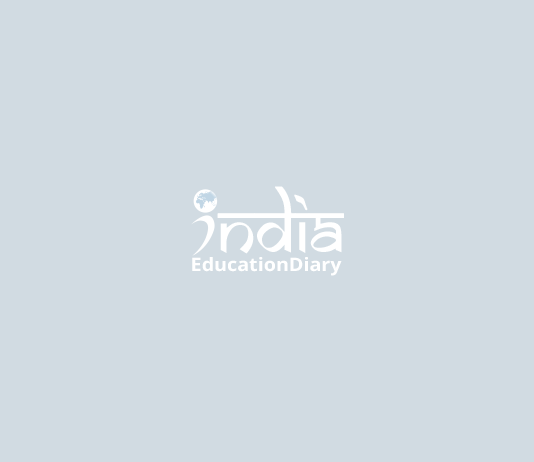World Bank Supports Further Social Investments in 55 Communities Across Armenia
The World Bank’s Board of Executive Directors approved today a EUR 17.9 million ($20 million equivalent) loan for Additional Financing (AF) of the Social Investment and Local Development (SILD) Project in Armenia. This project will further assist the Government of Armenia in improving the quality, access to, and use of community and intercommunity infrastructure and services.
In support of strengthening intercommunity dialogue, the Additional Financing would finance publicly owned infrastructure and services through sub-projects to further improve the socioeconomic and human capital development of regions or groups of communities.
The project will allow local populations throughout Armenia to benefit from renovated and rehabilitated social infrastructure in kindergartens, schools, water supply systems, sanitation systems, community centers, health care facilities, minor irrigation systems, and other local infrastructure facilities, through microprojects. These will be selected based on both a ranking of community vulnerability and an assessment of the potential socio-economic impact of the submitted subproject applications. Priority needs will be identified by the communities.
“The new project will directly benefit about 55 communities, of which 35 are in newly consolidated communities, mostly rural, enabling them to identify their own investment needs,” said Sylvie Bossoutrot, World Bank Country Manager for Armenia. “I am particularly pleased that this project will also seek to support income generating activities at the community level that could help open economic opportunities.”
The project has three components. The first component supports socio-economic development and capacity building at the local level. The Additional Financing would continue financing microprojects that target 20 vulnerable communities to address priority basic community infrastructure needs.
The second component – inter-community social and economic development initiatives – will finance 35 initiatives with the potential for longer-term development impact, by bringing together two or more communities. This new collaborative development approach will provide additional incentives for communities to explore development synergies and opportunities in line with the concept of the territorial reform.
The third component will support the institutional strengthening of the Armenian Territorial Development Fund (ATDF). In line with the territorial reform, the ATDF is gradually transitioning from implementing mostly social infrastructure microprojects to increasingly focusing on sustainable territorial development projects by the consolidated communities.
“Operational regulations and procedures will be enhanced to strengthen community outreach and participation,” says Ivan Drabek, World Bank Task Team Leader of the Project. “Furthermore, the citizen engagement framework will be strengthened by using tools for better capturing and measuring feedback from beneficiaries. Finally, gender gaps will be identified and addressed to ensure stronger participation by women in the decision-making processes at the local level.”
The EUR 17.9 million (equivalent to $20 million) is an IBRD loan of variable-spread, with a 14.5-year grace period and a total repayment term of 25.5 years. The Government of Armenia and beneficiary communities will provide total co-financing in the amount of EUR 7.52 million.
Since joining the World Bank in 1992 and IDA in 1993, commitments to Armenia have totaled approximately $2,434,734 million.

